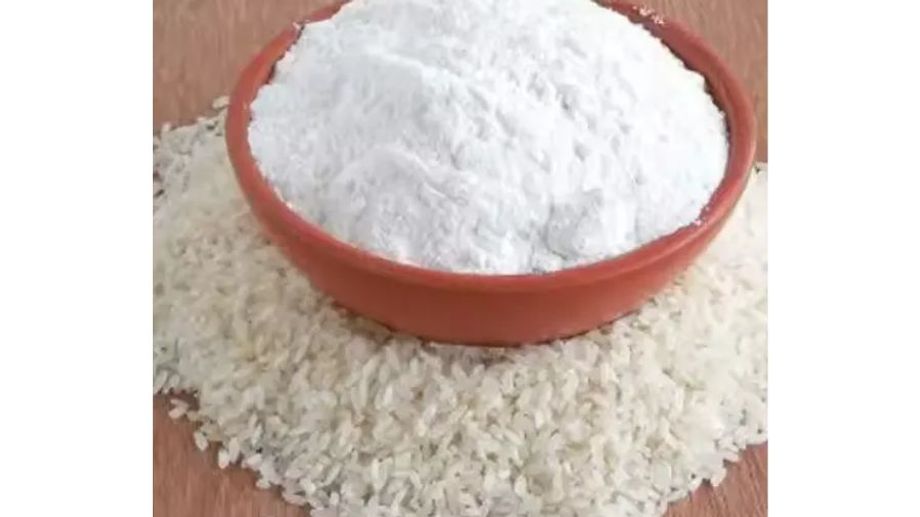What Is Rice Flour? What Dishes Is It Used For?

Mục lục
Rice flour, a staple ingredient in many culinary traditions worldwide, is a finely milled powder made from rice grains. This versatile flour is celebrated for its gluten-free nature, subtle flavor, and adaptability across various recipes. Derived primarily from white or brown rice, rice flour serves as a crucial component in a range of dishes, from noodles and pastries to thickening agents in soups and sauces. This article delves into what rice flour is and explores the diverse dishes where it plays an essential role.
Understanding Rice Flour
Rice flour is obtained by grinding rice grains into a fine powder. It can be made from different rice varieties, including white, brown, and glutinous (sticky) rice. The milling process affects the texture, color, and nutritional content of the flour.
Types of Rice Flour
- White Rice Flour: Produced from polished white rice; fine, smooth, and light in color.
- Brown Rice Flour: Made from whole grain brown rice; has a nuttier flavor and coarser texture.
- Glutinous Rice Flour: Derived from sticky rice; known for its sticky and chewy properties, essential in many traditional desserts.
- Sweet Rice Flour: Similar to glutinous rice flour but used for specific recipes requiring elasticity.
Nutritional Profile of Rice Flour
Rice flour provides:
- Carbohydrates: Main energy source.
- Protein: Contains moderate amounts, though lower than wheat flour.
- Fiber: Higher in brown rice flour than white rice flour.
- Vitamins and Minerals: Particularly B vitamins, iron, and magnesium in brown rice flour.
- Gluten-Free: Safe for those with gluten intolerance or celiac disease.
What Dishes Is Rice Flour Used For?
Rice flour's unique properties make it suitable for various culinary applications across different cultures.
1. Noodles and Pasta
- Rice Noodles: Common in Asian cuisines, rice flour is the main ingredient in thin or wide rice noodles used in soups, stir-fries, and salads.
- Rice Vermicelli: Delicate, thin noodles made from rice flour, often served cold or in broth.
2. Baked Goods and Pastries
- Gluten-Free Baking: Rice flour is a popular wheat flour substitute in cakes, cookies, muffins, and bread, especially for gluten-free diets.
- Rice Cakes: Traditional Asian rice cakes use glutinous rice flour for chewy texture.
- Mochi and Desserts: Japanese mochi and similar treats rely on glutinous rice flour for their characteristic chewiness.
3. Thickening Agent
- Rice flour is used to thicken soups, sauces, and gravies without altering flavor, ideal for delicate dishes.
4. Batter for Frying
- Provides a light, crispy coating for fried foods such as tempura, spring rolls, and fried chicken.
5. Traditional Dishes
- Steamed Rice Flour Cakes: Common in Vietnamese and other Southeast Asian cuisines.
- Rice Flour Dumplings: Used in various regional recipes for dumplings and steamed snacks.
- Pancakes and Crepes: Light and tender texture achieved with rice flour batter.
Cooking Tips for Rice Flour
- Use Appropriate Rice Flour Type: Glutinous flour for sticky and chewy textures; white rice flour for crispness.
- Mix with Other Flours: Often blended with tapioca or corn starch to improve texture.
- Sift Before Use: Removes lumps and ensures smooth batter.
- Adjust Liquid Amounts: Rice flour absorbs liquids differently from wheat flour; adjust recipes accordingly.
Why Choose Rice Flour?
- Gluten-Free: Suitable for people with gluten intolerance.
- Neutral Flavor: Does not overpower dishes.
- Versatility: Works in sweet and savory recipes.
- Digestibility: Easier to digest for some individuals compared to wheat flour.
Conclusion
Rice flour is a versatile, gluten-free ingredient derived from milled rice grains that plays a crucial role in a wide variety of dishes worldwide. From the delicate rice noodles of Asia to gluten-free baked goods and traditional desserts, rice flour’s adaptability and unique properties make it a kitchen essential. Whether used as a primary flour or combined with others, rice flour continues to delight chefs and home cooks alike with its subtle flavor and functional qualities.
Learn more: Rice Flour